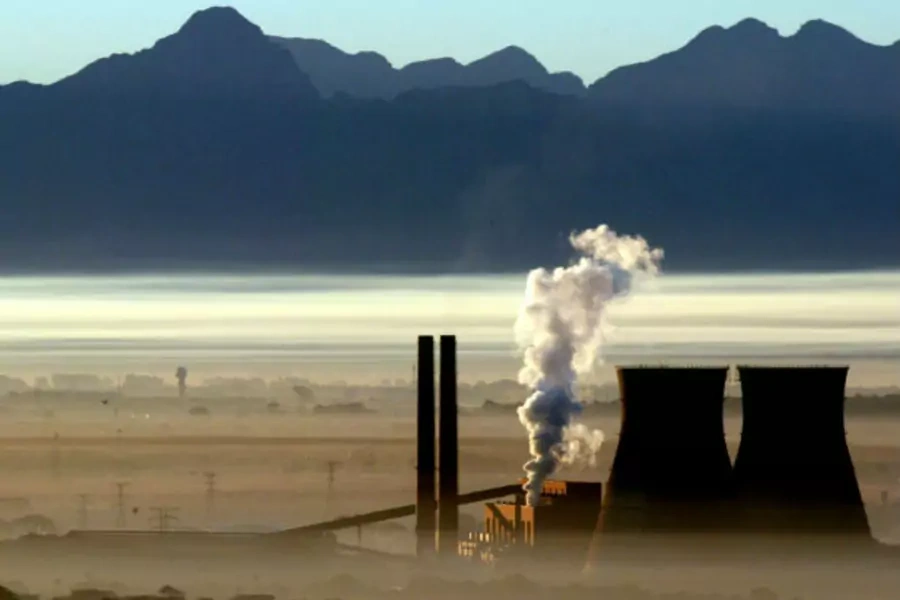More on:
Simon Fremantle has written a thoughtful analysis on whether the Africa glass is half full or half empty. He argues persuasively that this is the wrong question. A binary discussion between the “Afro-optimists” (he counts himself as one) and the “Afro-pessimists” can obscure more than it illuminates. Instead he asks for deeper analysis of Africa’s “clear merits and persistent challenges” with the goal of “understanding how the continent can reach the next level of growth. He goes on briefly to consider such issues as the need for greater economic diversification, better infrastructure and education. He notes that while Africa potentially has two-thirds of the world’s cropland, only 10 percent is under formal land tenure, which inhibits agricultural investment.
A valuable insight is his observation that sub-Saharan Africa today may be in a situation similar to that of South Africa immediately following its 1994 transition to “non-racial” democracy. Then, South Africa was the “darling” of the international community. Now, in comparison to those initial hopes and expectations, South Africa has “declined.” But, he shows, that if we analyze South Africa at a deeper level, we will understand better what is happening now, and the “decline” may not be so apparent.
I continue to see dangers in lumping all of sub-Saharan Africa together. There is a huge variation among countries and sectors. In some, the glass is clearly half full; in others, half empty. Understanding Africa requires the deeper analysis for which Freemantle calls; not only on a continental level, but also a regional and local one.
Freemantle is a Senior Analyst in the African Political Economy Unit with Standard Bank Research and is based in Johannesburg.
More on:
 Online Store
Online Store
